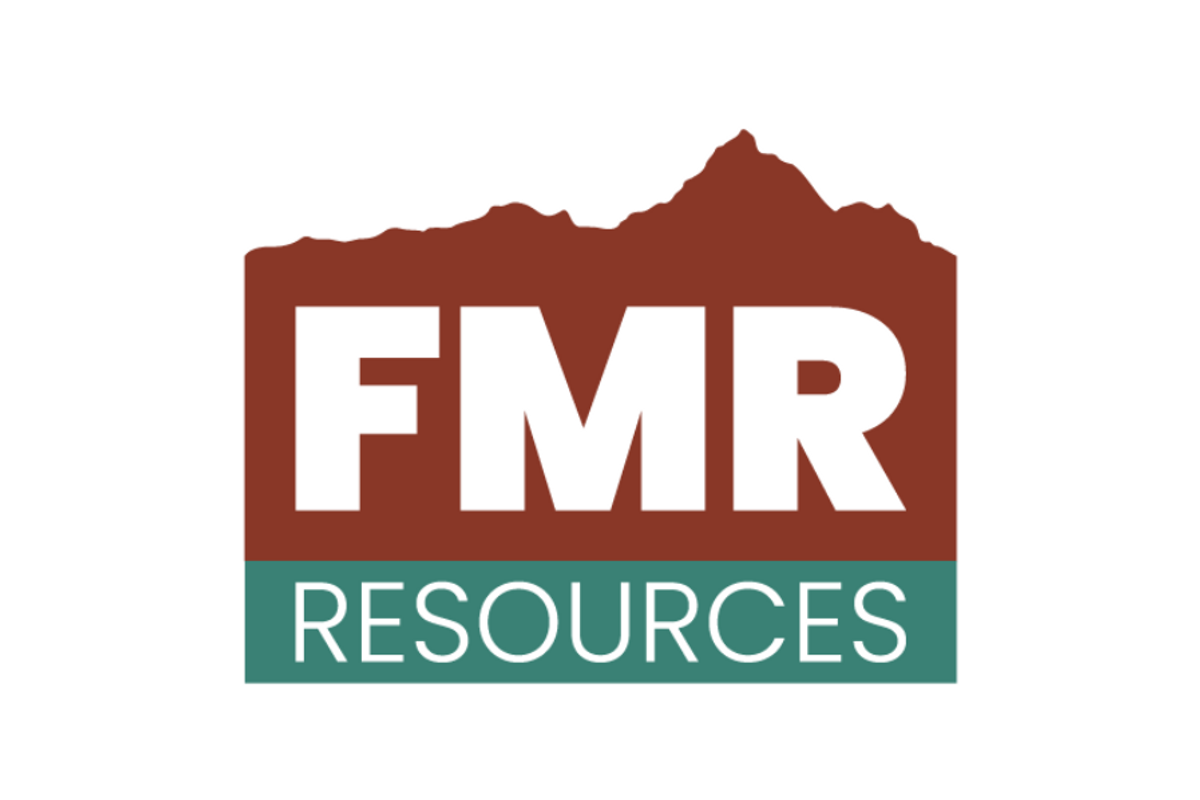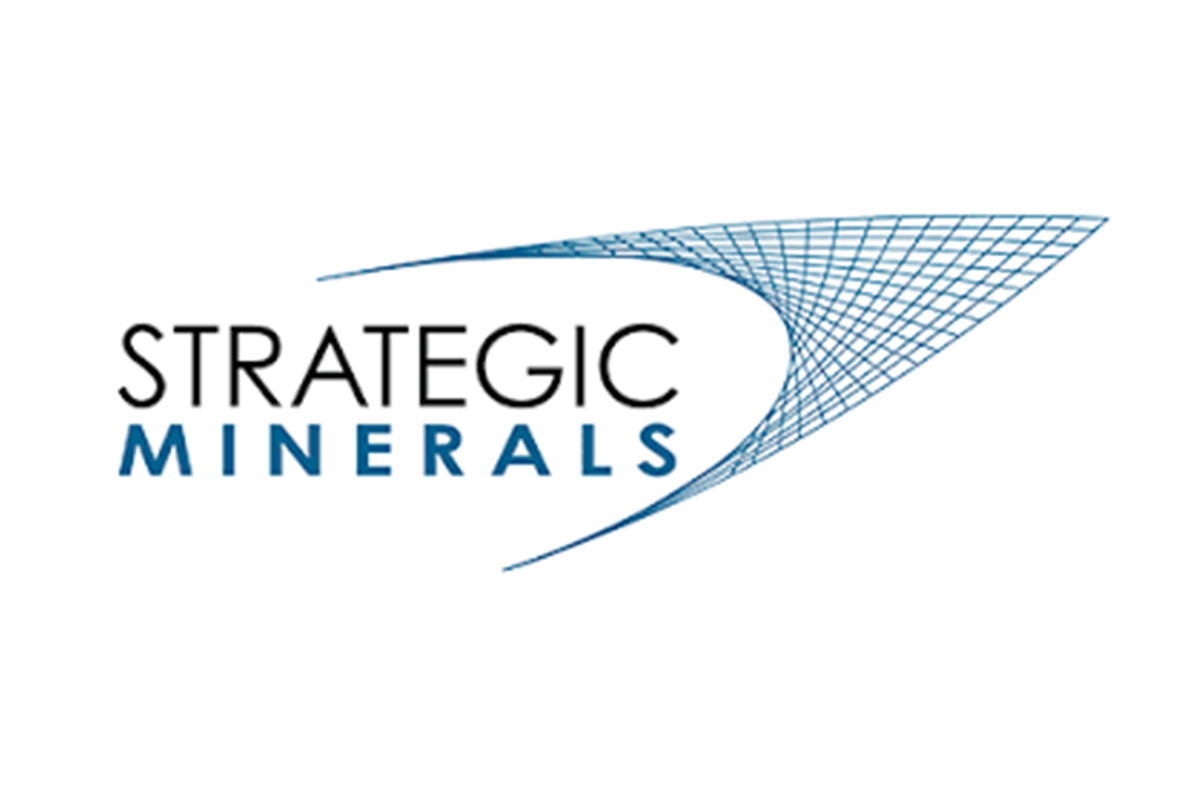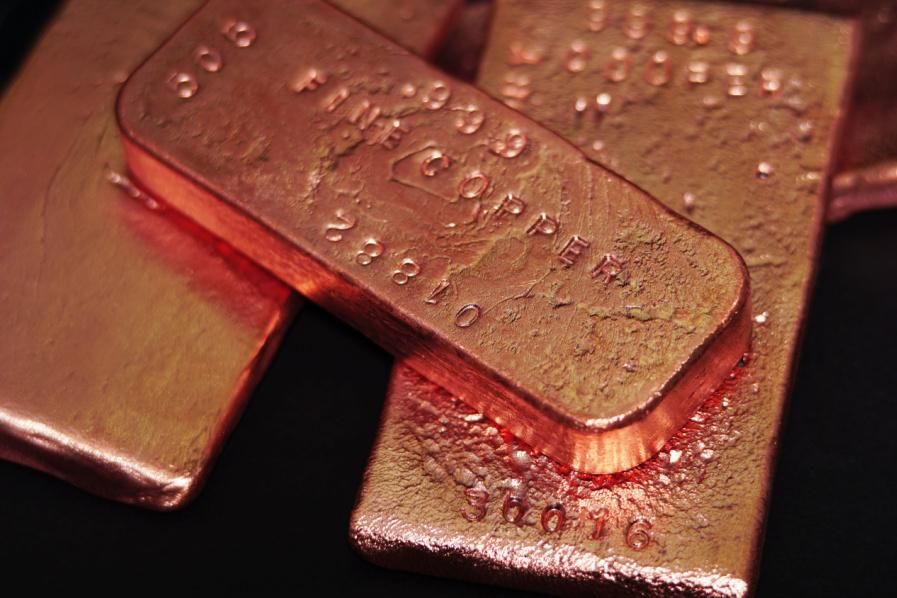
June 15, 2025
FMR Resources Limited (ASX:FMR) (FMR or Company) is pleased to announce it has entered into a conditional Binding Term Sheet giving it the right to earn up to a 60% interest in a highly prospective copper-gold-molybdenite project in central Chile (Transaction). The Company will joint venture (JV) into selected tenements (the JV Tenements or Concessions) within the Llahuin Project (Llahuin or the Project) held by Southern Hemisphere Mining Ltd (SUH) which overlie the Southern Porphyry Target.
Highlights
- Large Cu-Au-Mo porphyry target untested at depth
- Coincidental datasets suggest substantial copper porphyry system
- Shallow historic drilling confirms porphyry mineralisation above target
- Drilling of targets to commence early Q4 2025
- Oliver Kiddie joins FMR as Managing Director
- Firm commitments received for $2.2m capital raising at $0.16 through a placement to existing and new sophisticated investors
- Mark Creasy to join the FMR register as major shareholder
The Southern Porphyry JV gives FMR exposure to a potential Company-making discovery. Coincidental datasets captured across the Southern Porphyry target area suggest a large, untested copper porphyry system below historic exploration. With proven fertility along a ~6km corridor at Llahuin, including historic shallow copper porphyry mineralisation directly above the Southern Porphyry target, this JV delivers FMR drill-ready targets for Q4 2025. The Company looks forward to updating shareholders as we progress towards maiden drilling of these exciting targets.
In conjunction, FMR is pleased to announce the appointment of Oliver Kiddie as Managing Director. Mr Kiddie is a geologist with over 20 years’ experience across exploration, resource definition, project development, and production throughout Australia and internationally. He has extensive experience in base metal and gold exploration through senior management, executive, and directorship positions, including Dominion Mining, European Goldfields, the Creasy Group, and Legend Mining.
Oliver Kiddie said: “I am very excited to be joining the FMR team as the Company expands its exploration portfolio with the Llahuin Project in Chile. I look forward to leading the Company through the next stage of growth and working with the experienced SUH team as the compelling Southern Porphyry drill targets are tested in Q4 this year, with the clear aim of a Company-making discovery.”
Project Description
Porphyry-style Cu-Au-Mo mineralisation identified to date at the Llahuin Project is largely hosted in three main mineralised zones - the Central Porphyry Zone, Cerro do Oro and Ferrocarril, which occur along a +2.5 km N-S strike (open north and south, with a total strike length of up 6 km). These zones are coincident with a north-south trending valley, potentially reflecting weathering of more regressive units or a structure.

Llahuin was initially acquired in July 2011 by SUH through an intermediary from Antofagasta plc. Drilling completed across the project to date comprises 296 holes for 64,503m with a total of 62 holes for 11,927m completed on the JV Tenements, of which 9,156m reports to the Ferrocarril zone and are therefore not relevant to the Southern Porphyry Target. Drilling has resulted in the delineation of Mineral Resources which do not form part of the JV and do not form part of the transaction (see Figures 1 and 7).
In addition to drilling SUH has completed extensive geochemical and geophysical surveys at Llahuin, including detailed magnetics (MAG), induced polarisation (IP), and magnetotellurics (MT). These datasets have indicated a “blind” porphyry-style target at the southern end of the Llahuin Project named the Southern Porphyry Target. This target is defined by a coincident magnetic anomaly, IP resistivity anomaly, and MT resistivity anomaly. The target is modelled as a circular feature 1.5km – 2km in diameter and centred approximately 1,000m below surface (see Figures 1, 2, 3, 4, and 5).
Click here for the full ASX Release
This article includes content from FMR Resources, licensed for the purpose of publishing on Investing News Australia. This article does not constitute financial product advice. It is your responsibility to perform proper due diligence before acting upon any information provided here. Please refer to our full disclaimer here.
The Conversation (0)
26 November
Significant Exploration Target for the Rulikha Deposit
East Star Resources Plc (LSE: EST), the Kazakhstan-focused gold and base metals explorer, is pleased to announce an Independent JORC-Compliant Exploration Target (the "Exploration Target") for the Soviet-era Rulikha Deposit. The Rulikha Deposit is located primarily on East Star's 100%-owned... Keep Reading...
26 November
BHP and Anglo American Officially End Merger Talks
BHP (ASX:BHP,NYSE:BHP,LSE:BHP) confirmed in a Monday (November 24) statement that its merger discussions with Anglo American (LSE:AAL,OTCQX:NGLOY) have officially ended.The discussions trace back to April 2024, when BHP made its first offer to Anglo to combine their copper assets. Copper has... Keep Reading...
26 November
Nine Mile Metals Announces Completion of DDH WD-25-01 and Confirms Two Zones of VMS Mineralization at the Wedge Project
Nine Mile Metals LTD. (CSE: NINE,OTC:VMSXF) (OTC Pink: VMSXF) (FSE: KQ9) (the "Company" or "Nine Mile"), is pleased to announce that the 1st drill hole in its Wedge Western Extension Drill Program (DDH-WD-25-01) has been completed to target depth and is in progress on its 2nd hole... Keep Reading...
25 November
Diamond Drilling Discovers New Tollu Copper Mineralisation
Redstone Resources (RDS:AU) has announced Diamond Drilling Discovers New Tollu Copper MineralisationDownload the PDF here. Keep Reading...
25 November
Redmoor - Very High-Grade Sample Results Continue to Exceed Expectations
Second drillhole results reinforce Redmoor's exceptional high-grade nature, with very high-grade sample intersections and multiple thick zones of mineralisation
Strategic Minerals plc (AIM: SML; USOTC: SMCDF), an international mineral exploration and production company, is delighted to announce that its wholly owned subsidiary, Cornwall Resources Limited ("CRL"), has received standout drillhole assay results from CRD034b, including very high-grades and... Keep Reading...
24 November
ASX Copper Mining Stocks: 5 Biggest Companies
Copper prices have been volatile in 2025, fueled by economic uncertainty from an ever-changing US trade policy and strong supply and demand fundamentals. The International Copper Study Group, the leading copper market watcher, reported an apparent refined copper surplus of 94,000 tonnes through... Keep Reading...
Latest News
Latest Press Releases
Related News
TOP STOCKS
American Battery4.030.24
Aion Therapeutic0.10-0.01
Cybin Corp2.140.00





